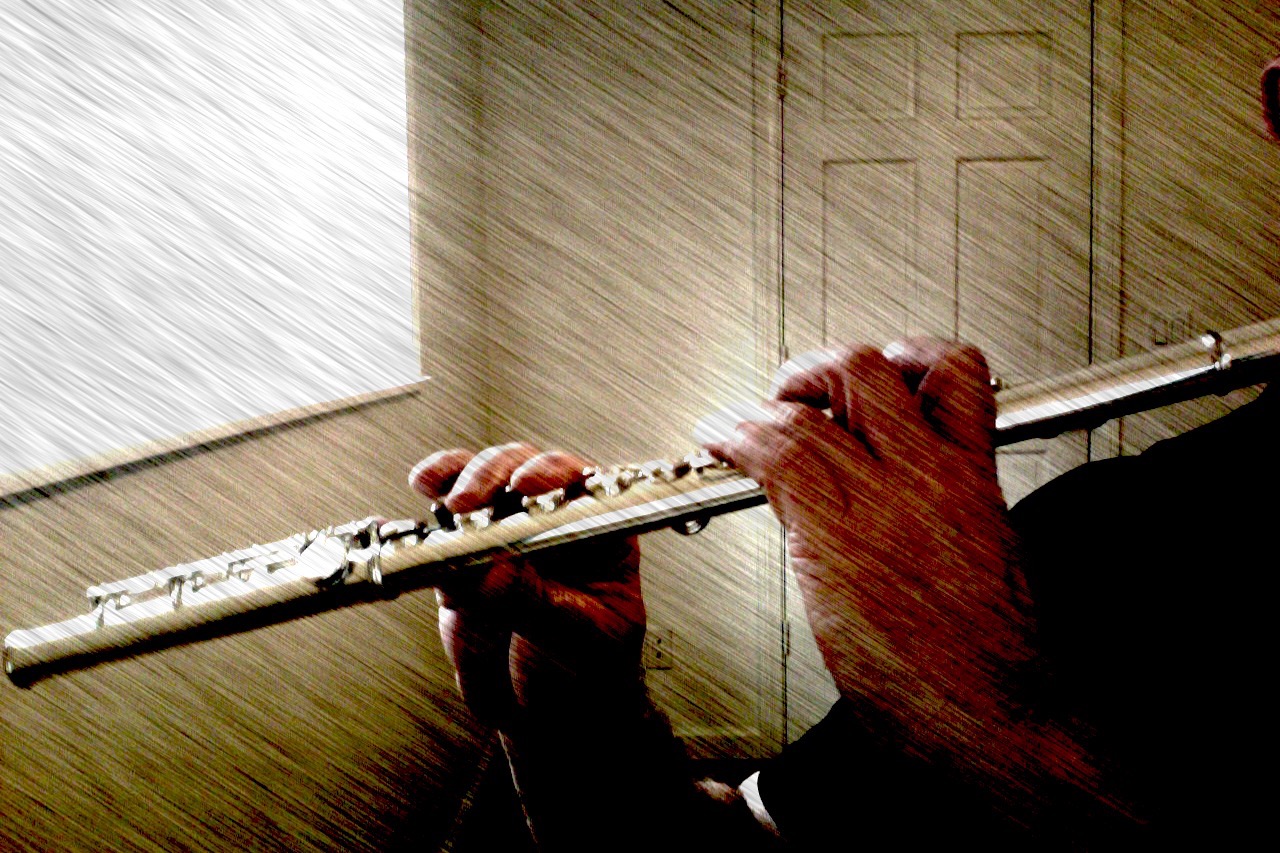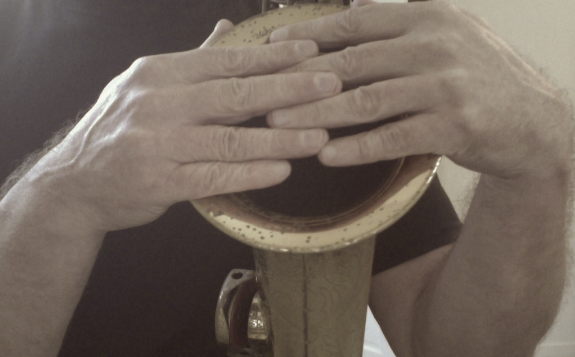Anybody who knows me as an Alexander Technique teacher knows that I’m not a big fan of what is commonly referred to as “muscle memory”.
Besides the fact that the name itself is misleading and overly simple (it’s not so much your muscles “remembering”, as it is your brain changing how it communicates with your muscles), it tends to invite mindless repetition during practice sessions.
In following the “muscle memory” mantra too far, the best case scenario is that you just don’t use your time optimally when practicing something (yes, even long tones!) Sure, you accomplish something (the ability to carry out a particular movement or activity below consciousness), but you get it in an imprecise and inefficient manner.
In the worst case scenarios, mindless repetition in the pursuit of muscle memory leads to poor technique, erroneously conceived pedagogy, misdirected effort, and even injury.
A good deal of my job as an Alexander Technique teacher is in helping my students learn to optimize their thinking when they practice.
This by definition means bringing consciousness and intention into everything you practice.
Trumpeter, Alexander Technique student, Tyler Pfledderer sums it up beautifully and succinctly here:
I do not repeat a passage of music because I want it to be ‘muscle-memory’. I repeat it after I first ask myself ‘where should I place my attention this time?’
“Where should I place my attention this time?”
I ask myself multiple variations of this question dozens and dozens of times in each of my practice sessions.
It is the essential question to ask in the pause I choose to take between repeating anything I’m working on.
Asking this question brings consciousness into what I’m doing and clarifies my intentions each moment I practice.
And this helps me cultivate efficiency in time and effort, effective problem solving strategies, continuous improvement, and immense satisfaction.
Frustration is largely non-existent when I practice with this kind of mindfulness. Anything that rises as a problem can immediately be addressed in a most constructive way.
So where do I “place my attention” when asking this question before repeating a particular passage I’m practicing?
The answer is quite simple:
It depends upon what I was conscious of when I played that passage.
“What did I notice?”
“What did I like?”
“What didn’t I like?”
“What would I want more of?”
“What would I want less of?”
“How am I ‘using myself’ (this is an Alexander Technique concept) as I play this passage?” (the ‘more of’ and ‘less of’ mentioned above are absolutely called into question here!)
“How (where!) am I hearing my sound?”
“How am I conceiving of the time/rhythm/pulse?”
“Am I really ‘hearing’ this clearly in my aural imagination?”
Etc….
And finally:
“Am I finished with this passage, or should I repeat with my new, redirected thinking?”
My challenge here in describing this thought process is that it truly does take more time to “describe” it than it does to “think” it.
The pause I take between “takes” when practicing something is, in reality, quite brief. Seconds, not minutes.
And those are some of the most valuable seconds of my entire practice session!
No matter how little time I have to practice, I always give “pausing for conscious thought” the highest priority. Pausing to redirect my thinking is never a waste of time. (Though sometimes thoughtlessly repeating a particular passage in pursuit of “quantity” usually is.)
Even practicing things I’m highly familiar with, I will accomplish far, far more with three or four mindful takes of a particular item than I would with 20 mindless takes “in front of the television” (or with an otherwise divided attention).
Consciousness instead of mere repetition.
With this approach, practicing saxophone has become a form of meditation for me. Truly.
So how conscious are you when practicing? How mindful are you each time you decide to repeat a passage or an exercise? How clear are your intentions?
Are you engaged with choice, or are you running on your unconscious “auto pilot”.
Work on being mindful, developing your own questions concerning “where you should place your attention” between takes. Not only will you improve more regularly, but you’ll also develop confidence in your “process”, and in your problem solving skills in the practice room.
And as a bonus, you’ll finish your practice sessions feeling connected, integrated and satisfied.
I’ll leave you with something paraphrased from the trumpet virtuoso, Rafael Mendez, who was known for spending long, long hours each day practicing. It went something like this:
As a younger man, I used to practice 8 hours or more every day. Now I practice half that much in a day, but I really listen to myself as I do so.
So enjoy the pause. Think a bit more. Play a bit less. Continue to grow.








